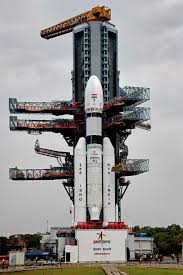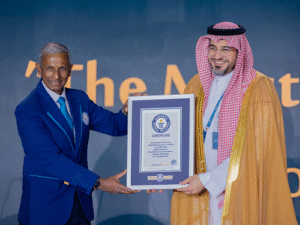The GSLV-D1 mission was India’s first attempt at launching a satellite using the Geosynchronous Satellite Launch Vehicle (GSLV), marking a significant step in the country’s space ambitions.
Launch Date & Time: 18 April 2001, 15:43 IST
Launch Site: Satish Dhawan Space Centre (SHAR), Sriharikota, Andhra Pradesh
Launch Vehicle: GSLV-D1 (Geosynchronous Satellite Launch Vehicle, Developmental Flight 1)
Payload: GSAT-1 (Experimental Communication Satellite)
Satellite Mass: 1,540 kg
Planned Orbit: Geosynchronous Transfer Orbit (GTO)
GSLV-D1 Vehicle Configuration
The GSLV-D1 was a three-stage launch vehicle, developed to place satellites into geostationary orbit (GEO).
First Stage (Solid Rocket Motor + Liquid Strap-ons)
Core stage: S-125 solid rocket motor
Four liquid strap-on boosters (L40H engines)
Second Stage (Liquid Propellant)
Engine: Vikas engine (powered by UDMH + N2O4)
Third Stage (Cryogenic Upper Stage)
Used a Russian-built KVD-1 cryogenic engine
Fueled by Liquid Hydrogen (LH2) and Liquid Oxygen (LOX)
The GSLV-D1 successfully lifted off and reached its intended altitude.
However, GSAT-1 failed to reach its final geostationary orbit due to an underperformance of the cryogenic upper stage, leading to an elliptical orbit instead of a circular geostationary one.
GSAT-1 was still able to perform some communications tests, but it could not be used operationally.
Significance of GSLV-D1
First Indian rocket designed for GEO satellite launches
First Indian launch vehicle to use a cryogenic upper stage (though Russian-built, as India’s indigenous cryogenic engine was still under development)
Despite the partial failure, the mission was a crucial learning experience for ISRO, leading to improvements in later GSLV missions.
The lessons from GSLV-D1 helped ISRO achieve full success in the GSLV-D2 mission (2003) and later develop India’s indigenous cryogenic engine, first successfully flown in GSLV-D5 (2014).







